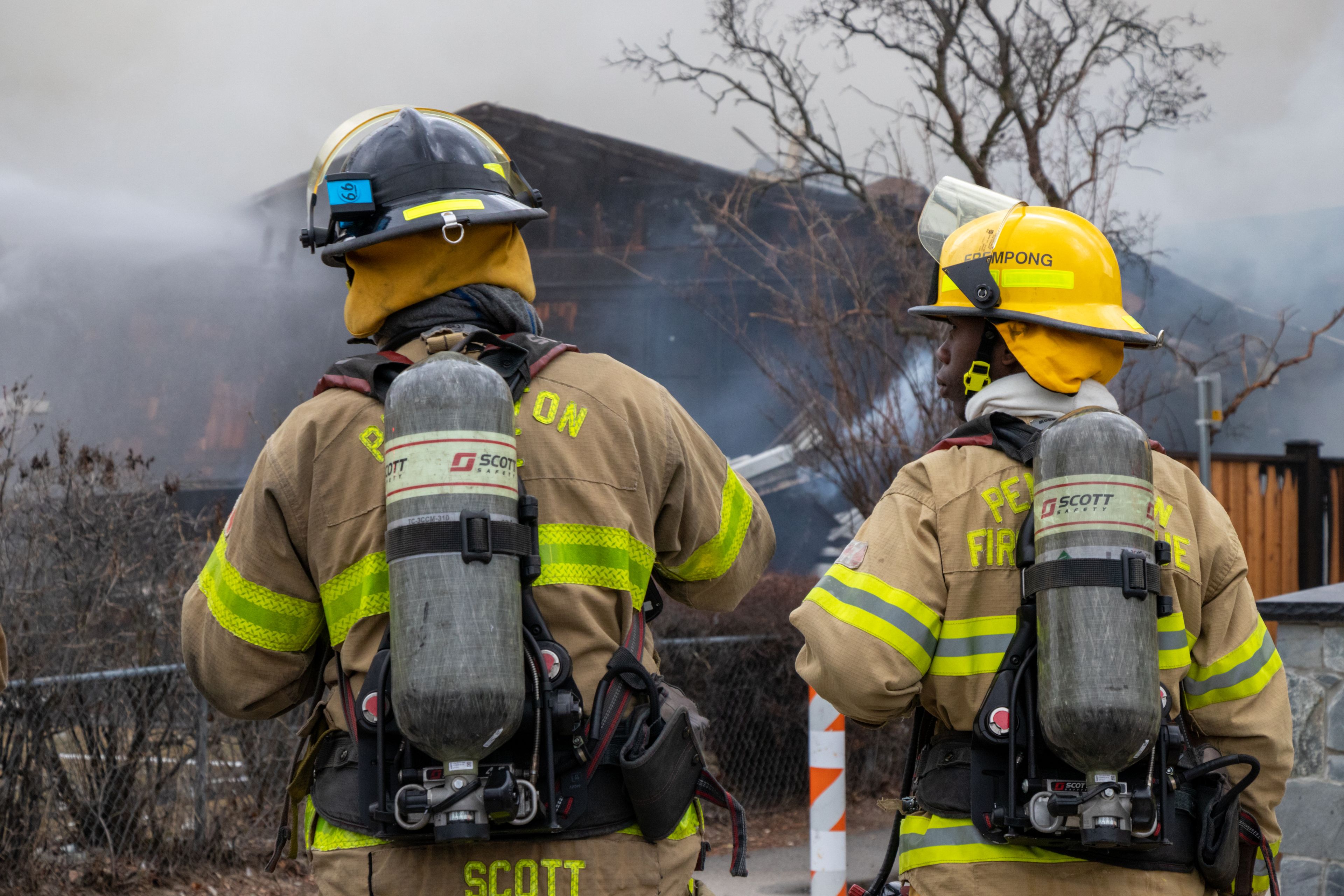
Common Types of Burns
Flame Burns
Flame burns happen when skin comes into contact with fire. These burns can be severe and often affect deeper layers of tissue. Quick action and medical care are essential for healing and recovery.
Find a Burn CenterFirst Aid for Minor Burns
What It Is
A flame burn is a type of thermal burn caused by direct exposure to fire or flames. These burns often affect large areas of the body and may also damage the airway or lungs if smoke or heat is inhaled. They’re most commonly seen in home fires, car accidents, or industrial incidents.
Symptoms
Red, blistered, or peeling skin
White, black, or charred areas (in deeper burns)
Swelling or tight skin
Breathing difficulties or coughing (if smoke was inhaled)
Shock, confusion, or fainting (in severe cases)
Common Causes
House fires
Explosions or flammable liquid accidents
Gasoline or propane-related accidents
Campfires or outdoor fire pits
Industrial fires
Firework-related injuries
Treatments
Call 911 immediately for large or deep flame burns
Move to safety and stop the burning process, drop and roll, remove smoldering clothing
Cover the burn with a clean, dry cloth or blanket
Do not immerse in cold water if the burn is significant—it can cause shock
Seek emergency care if:
The burn is large, deep, or affects the face, airway, or major joints
There is breathing trouble or signs of smoke inhalation
The person is unconscious or confused
Recovery
Flame burns often require hospitalization and burn center care
Treatment may include:
IV fluids, pain control, and wound care
Surgery or skin grafts for deep tissue damage
Breathing support if the lungs were affected
Physical and occupational therapy
Long-term rehab may include scar care and emotional support
Support
Flame burn survivors often face long recoveries, surgeries, and emotional trauma
Support groups, counseling, and survivor networks can provide strength and connection
Many people go on to live full lives after serious injuries, resources, and community help are key